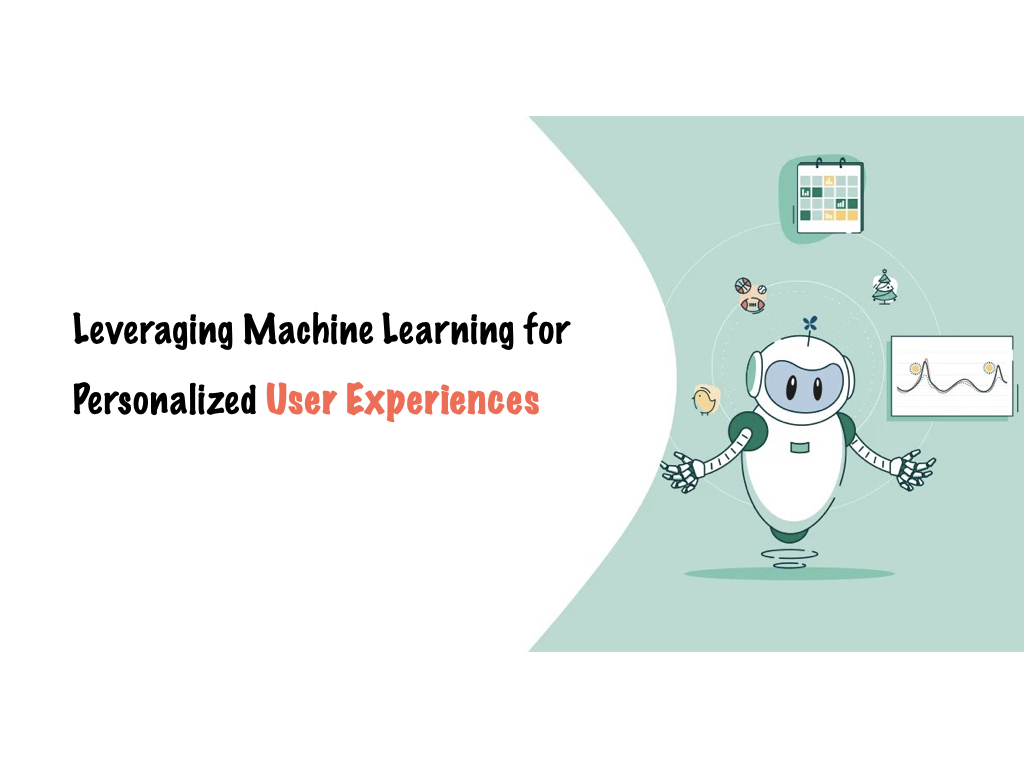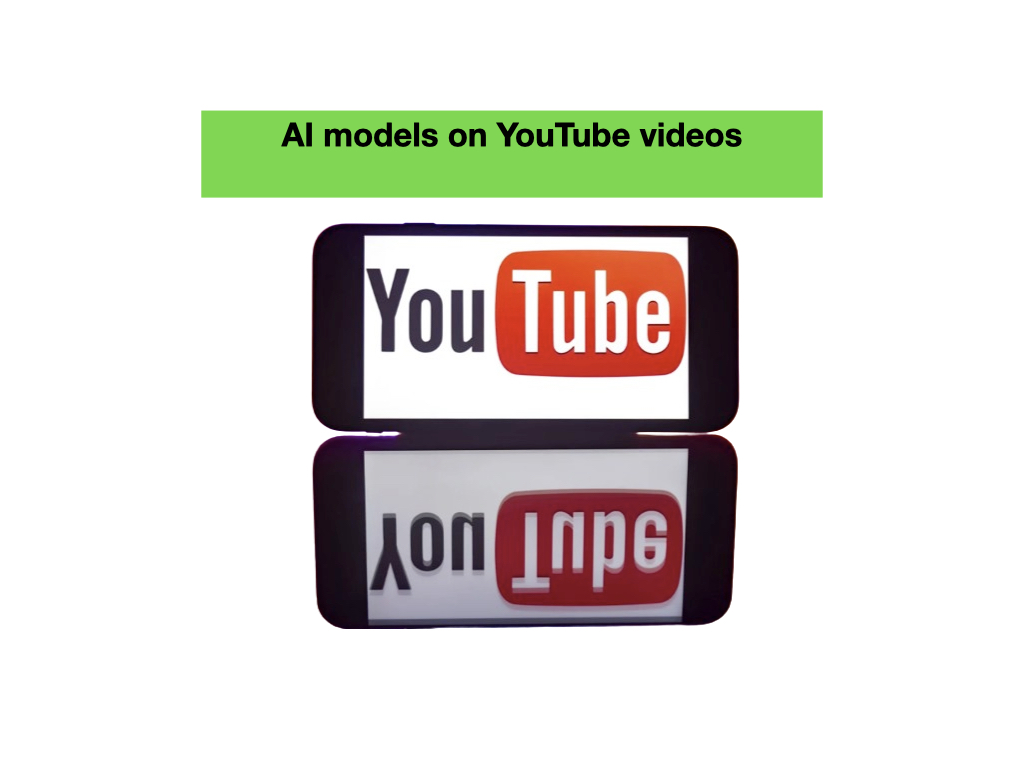Leveraging Machine Learning for Personalized User Experiences: Lessons from Dropbox
In today’s digital landscape, personalization has become a crucial aspect of delivering exceptional user experiences. Companies that can tailor their products and services to individual preferences and behaviors are better positioned to engage and retain their user base. At the forefront of this trend is Dropbox, a leading cloud storage and collaboration platform, where leveraging machine learning (ML) has played a pivotal role in enhancing personalization efforts.
Spearheading the ML initiatives at Dropbox is Michael, a seasoned software engineer with over 9 years of experience at tech giants like Twitter and LinkedIn. As the lead of a team developing and optimizing ML models, Michael’s expertise lies in integrating sophisticated algorithms into products to create delightful user experiences.
The journey toward personalization at Dropbox began with a simple realization: every user has unique preferences, workflows, and content needs. By understanding these nuances, the company could curate personalized experiences that resonate with each individual, fostering deeper engagement and loyalty. Enter machine learning.
At the core of Dropbox’s personalization strategy is a suite of ML models trained on vast troves of user data. These models can identify patterns, learn preferences, and make intelligent predictions tailored to each user’s behavior. From suggesting relevant files and content to surfacing personalized product features, ML has become an indispensable tool for delivering tailored experiences at scale.
One of the key lessons from Dropbox’s ML efforts is the importance of robust data pipelines and feature engineering. With millions of users generating data points every day, the ability to extract meaningful features from this vast dataset is crucial. Dropbox’s engineers have developed sophisticated techniques to preprocess and transform data, ensuring that the ML models receive high-quality inputs for accurate predictions.
Another critical aspect is the seamless integration of ML solutions into Dropbox’s products. This requires close collaboration between engineers, product managers, and designers to create intuitive and user-friendly interfaces that leverage ML capabilities effectively. By carefully considering the user experience, Dropbox ensures that personalized features enhance rather than disrupt the overall product experience.
Continuous experimentation and iteration are also fundamental to Dropbox’s ML strategy. The company employs rigorous A/B testing and user feedback loops to measure the effectiveness of their personalization efforts continuously. This data-driven approach allows them to refine their models, identify areas for improvement, and stay ahead of evolving user needs and preferences.
While the technical components are essential, Dropbox’s success in personalization also stems from a deep understanding of user psychology and behavior. By carefully studying how users interact with their products, the company can anticipate their needs and deliver personalized experiences that feel natural and seamless, rather than intrusive or overwhelming.
As the demand for personalized experiences continues to grow, the lessons learned from Dropbox’s ML-driven personalization efforts serve as a valuable blueprint for companies across industries. By combining cutting-edge technology with a deep understanding of user needs and behavior, businesses can forge stronger connections with their customers, fostering loyalty and long-term success in an increasingly competitive digital landscape.



